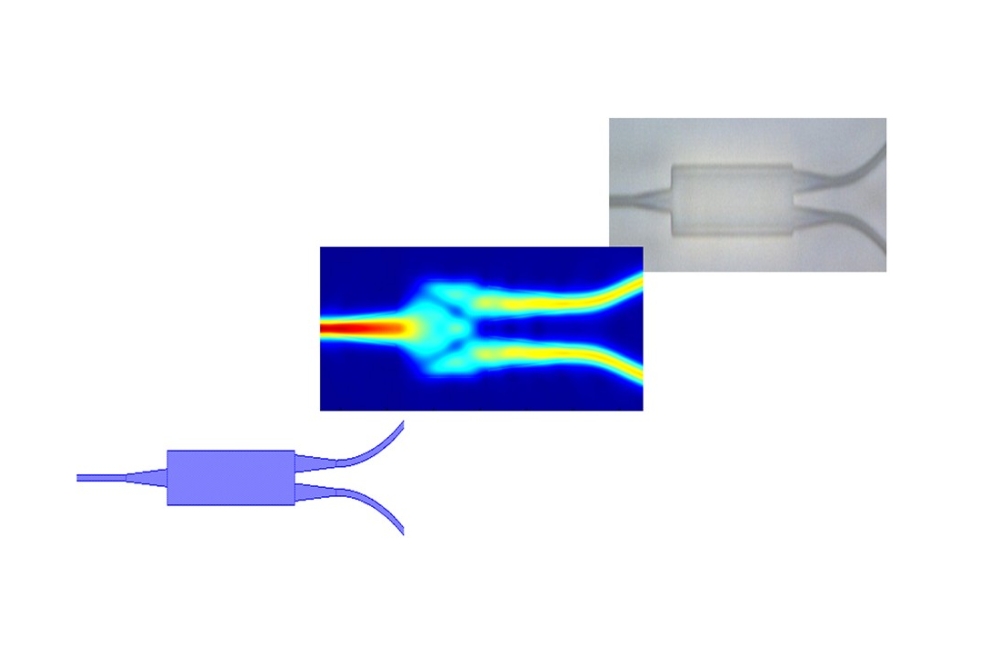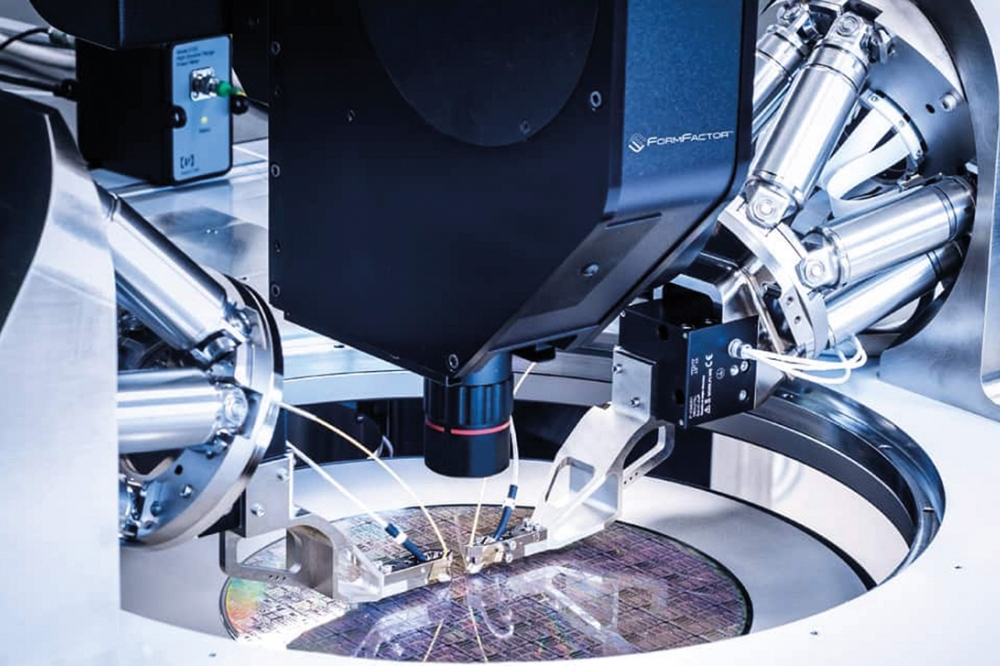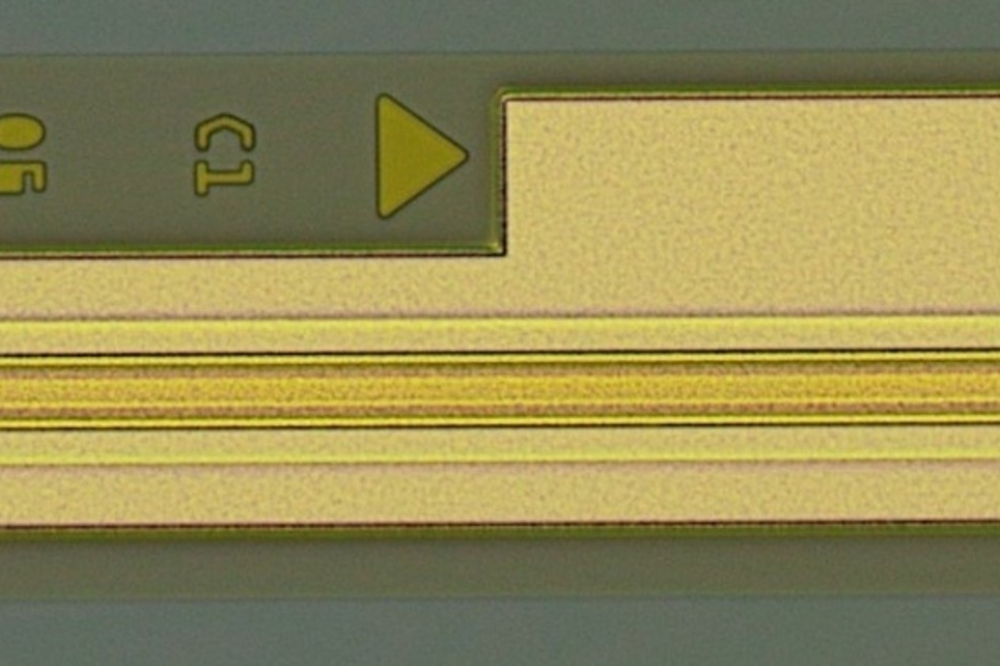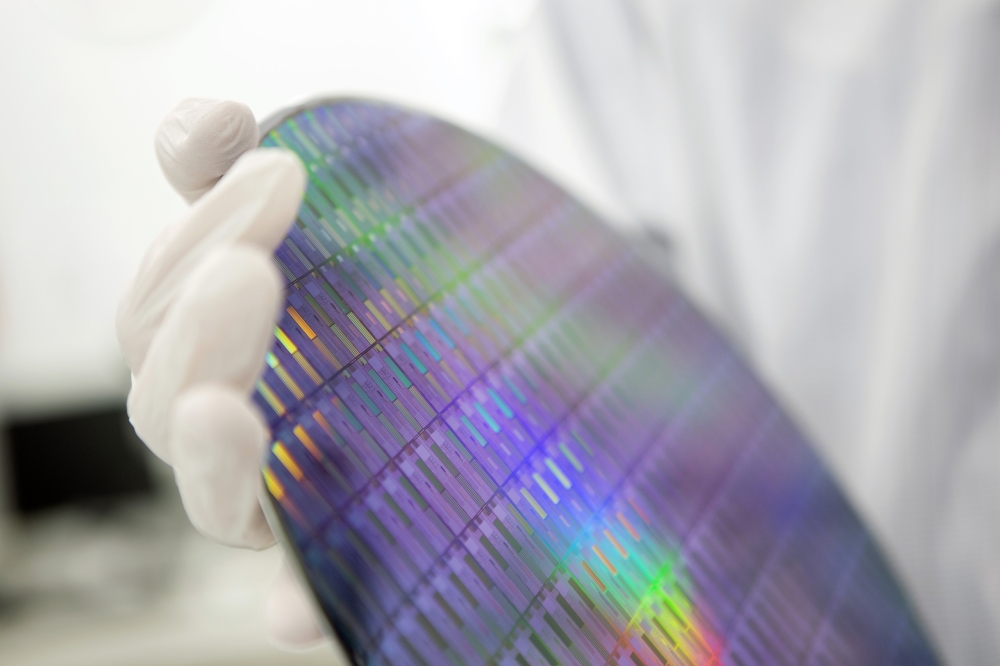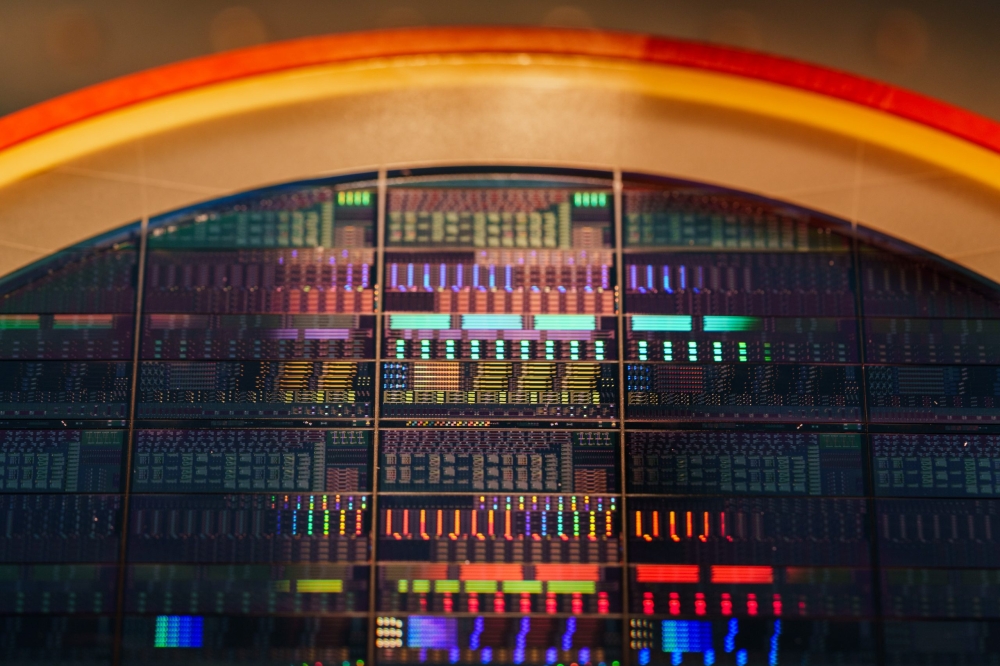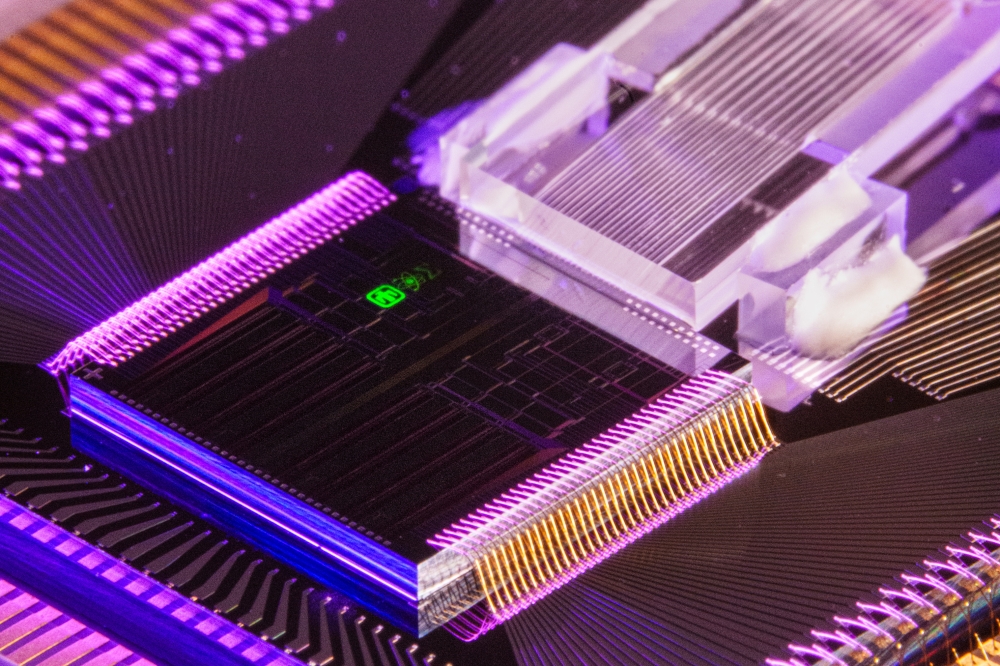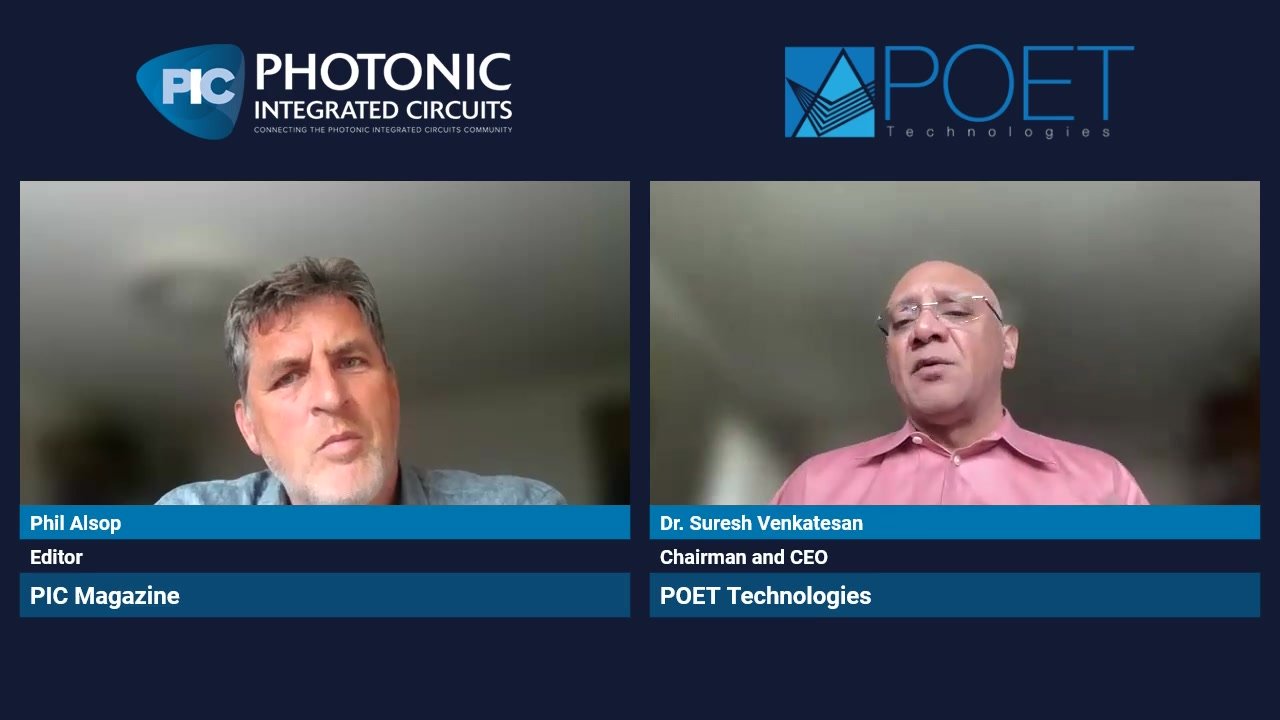Photonic chip market to reach $1.3 billion by 2022

A new report published by Transparency Market Research forecasts that the photonic ic market (valued at $0.19 bn in 2013) will reach $1.3 bn by 2022, expanding at a CAGR of 25.3 percent from 2015 to 2022.
Cost and size reduction achieved by integrating different optical components, including detectors, modulators, and lasers, into one package is the major factor driving the market, according to "˜Photonic IC Market - Global Industry Analysis, Size, Share, Growth, Trends and Forecast, 2015 "“ 2022'.
In addition, benefits offered in terms of efficiency, transfer speed, transmission capacity, and power consumption have ensured market penetration into varied applications such as metrology, aerospace and defence, healthcare, telecommunication, industrial, and data communication.
Lack of digitisation, coupled with design and packaging challenges have, however, inhibited faster growth. Commercialisation of quantum computing (expected by 2018) is predicted to offer tremendous growth opportunities, according to the report.
Three integration techniques are used in photonic ICs: hybrid integration, monolithic integration, and module integration. Hybrid integration was the major technique used accounting for 56.8 percent of the global market revenue in 2013.
Although hybrid approaches are expected to dominate over forecast period, monolithic integration is expected to exhibit the maximum growth, growing at a CAGR of 26.5 percent during 2015-2022. Module integration techniques are expected to witness a fall in the revenues owing to inferior integration capabilities compared to hybrid and monolithic techniques.
InP and Silicon-on-Insulator collectively accounted for 60.9 percent of the global market revenue in 2013. The dominance of InP is on account of its ability to integrate opto-electronic functions into an optical system chip monolithically. In addition, the benefits offered in terms of size, speed, energy efficiency, and cost of fabrication and packaging have further ensured its dominance.
Among different PIC components, lasers accounted for the majority of revenue share (29.3 percent) in the global photonic IC market in 2013. Optical amplifiers, which help in realising high-level photonic integration by compensating for optical losses from individual photonic elements are expected to exhibit maximum growth, expanding at a CAGR of 26.6 percent over the forecast period from 2015 to 2022.
Optical communications was the largest application segment, accounting for over half (58.6 percent) of the market revenue. It is expected to remain the largest application segment over the forecast period as a result of increasing demand from data center applications.
Currently, sensing and biophotonics are the other major application segments, collectively accounting for around one-third (35.5 percent) of the global photonic chip revenue. Although the current contribution from optical signal processing segment is the least, it is expected to witness healthy growth post commercialisation of quantum computing.
North America was the largest photonic IC market 2013, followed by Europe and Asia Pacific. Although North America is expected to remain the largest photonic IC market by 2022, Asia Pacific is expected to witness healthy growth, outpacing North America and Europe.
The growth in Asia Pacific can be mainly attributed to growing demand from datacentre and biophotonics applications. The global photonic IC market is highly fragmented and is characterized by the presence of large number of players. Some of the leading players include Infinera (the US), Alcatel-Lucent (France), Huawei Technologies (China), JDS Uniphase (the US), Avago Technologies (Singapore), Intel (the US), and NeoPhotonics (the US).














